Low key photography is a terrific challenge for both the novice and the experienced. It is a very simple technique that brings instant drama to an image but could take a lifetime to master. Like most other forms of photography, it is all about illumination and elimination.
A low key image is one that contains predominantly dark tones and colors. Like high key images, low key photography conveys atmosphere and mood. But where a high-key image feels airy and light, a low-key is usually dramatic and full of mystery. And where high-key lighting over-lights the subject to reduce contrast, low key lighting creates striking contrasts through reduced lighting. Shadows are now the primary element of the composition.
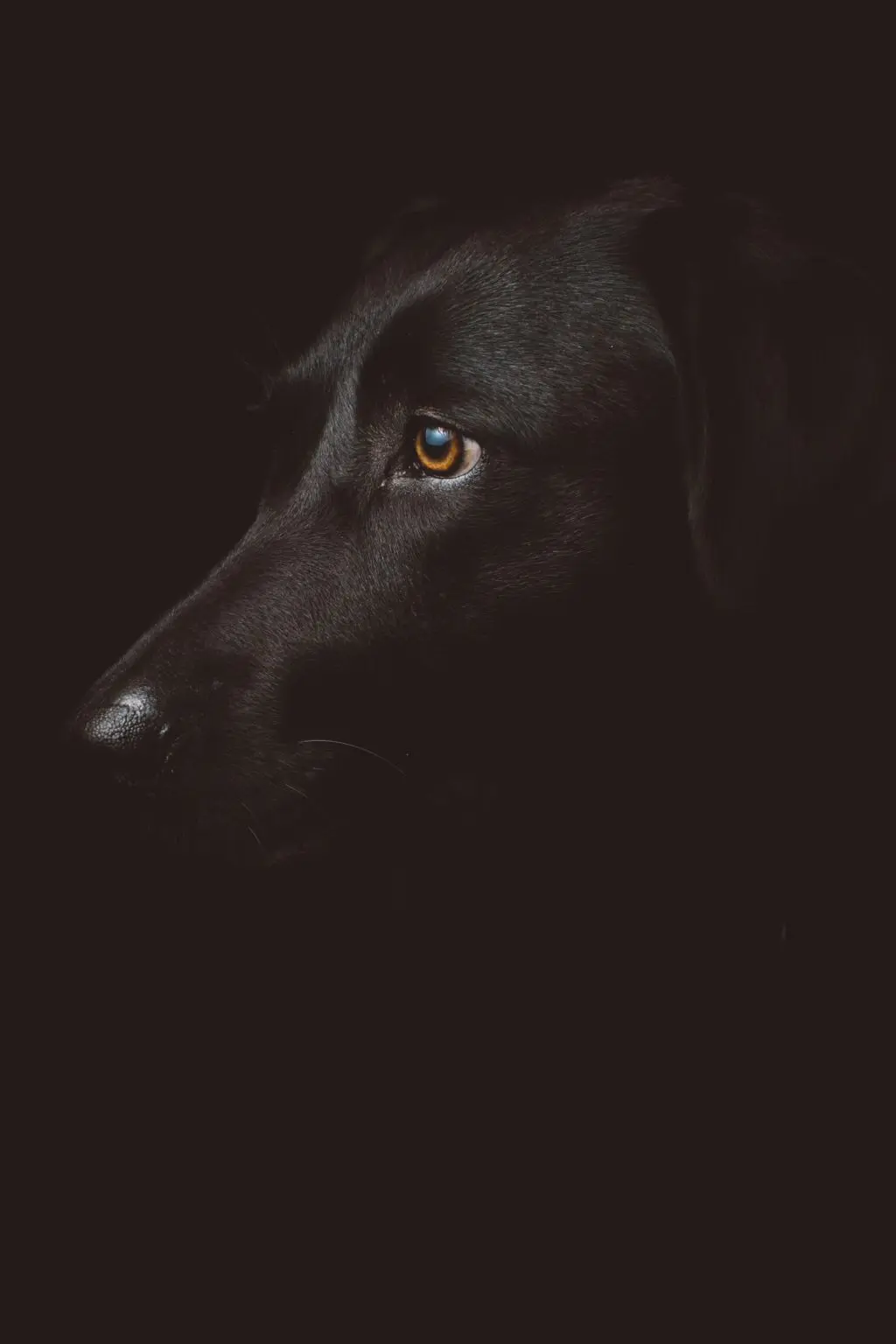
You don’t need any elaborate equipment to shoot amazing low key images. To create a low key image, all you need is your camera and one light source. Depending on the results you are looking for, you might also make use of a fill light or reflector. If you are lucky enough to have your own photo studio – fabulous! This will give you a reason to use it. If you don't, no worries, you definitely don't need one.
Now we’re going to cover a couple of parameters you need to understand in order to capture low key images you’ll be proud of!
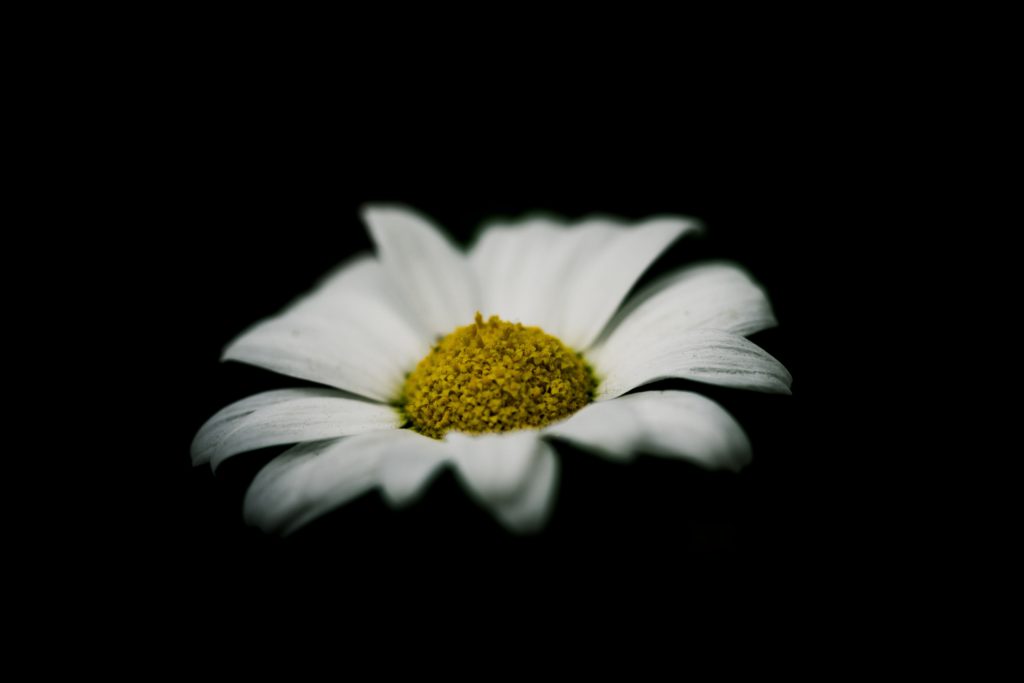
Low Key Meaning
To understand the meaning of low key photography, it’s good to have a basic knowledge of the history of painting. Low key visuals were used in Renaissance and Baroque – they were represented by different painting styles including sfumato and chiaroscuro used by artists like Leonardo da Vinci, Rubens, Caravaggio and Rembrandt. These artists are well-known for paintings in which darkness is predominant and the light comes from only one source – the result are truly dramatic scenes!
Low key photographs, just like paintings, often have a rather dark dramatic quality to them. The strong contrast between light and darkness emphasizes enigmatic, mystical atmosphere. One of the most famous photographers who used low key approach regularly is Yousuf Karsh – his splendid low key portraits made him one of the 20th century's greatest portrait photographers.
In order to make the most out of low key photography, you need to experiment with different light intensities until you achieve the desired effect. Not all low key photographs have the same meaning – depending on your subject and the light intensity, you can achieve different vibes such as mystery, fear, elegance, suspense or grandeur. Low key photography requires a lot of practice and in addition to experimenting with light, you should also work with diverse subjects.
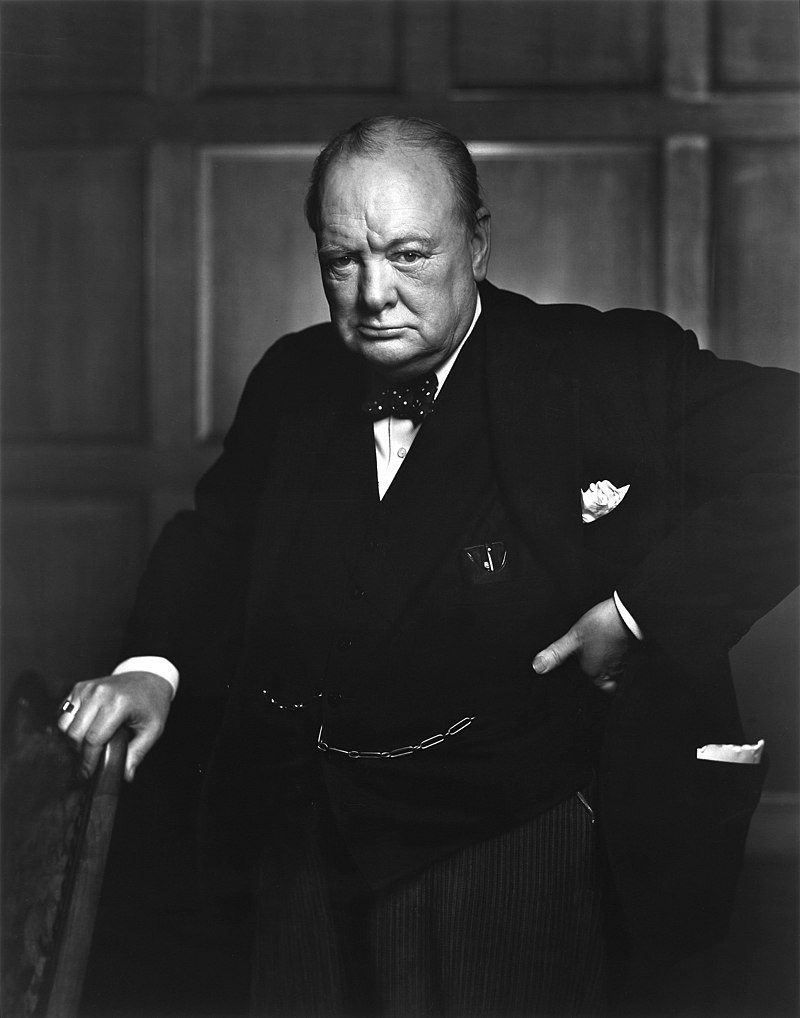
Gear
The gear you’ll need for low key photography is quite basic:
- Full-frame camera and fast lens
- Tripod (optional)
- Light source such as flash
- Dark background if you’re in a studio
- Light modifier (such an umbrella or softbox)
Even though you can shoot low key images with any kind of lens (even the cheapest one!), you should know that the maximum aperture of a standard kit lens is somewhere around f/3.5. This aperture won’t let in enough light for optimal results and you’ll need to rely on flash every time you decide to shoot in low light.
Buying an affordable yet effective prime lens will solve this issue. Prime lenses with a maximum aperture of f/1.8 are ideal for low key images because setting your lens to stop at f/1.8 lets in 4 times more light than f/3.5, which is a significant difference.
Some of the commonly used prime lenses for low key photography are:
- Canon 50mm f/1.8
- Canon 85mm f/1.8
- Sigma 50mm f/1.4
- Tamron 45mm f/1.8
- Nikon 50mm f/1.8
- Sony 35mm f/1.4
- Sony 55mm f/1.8
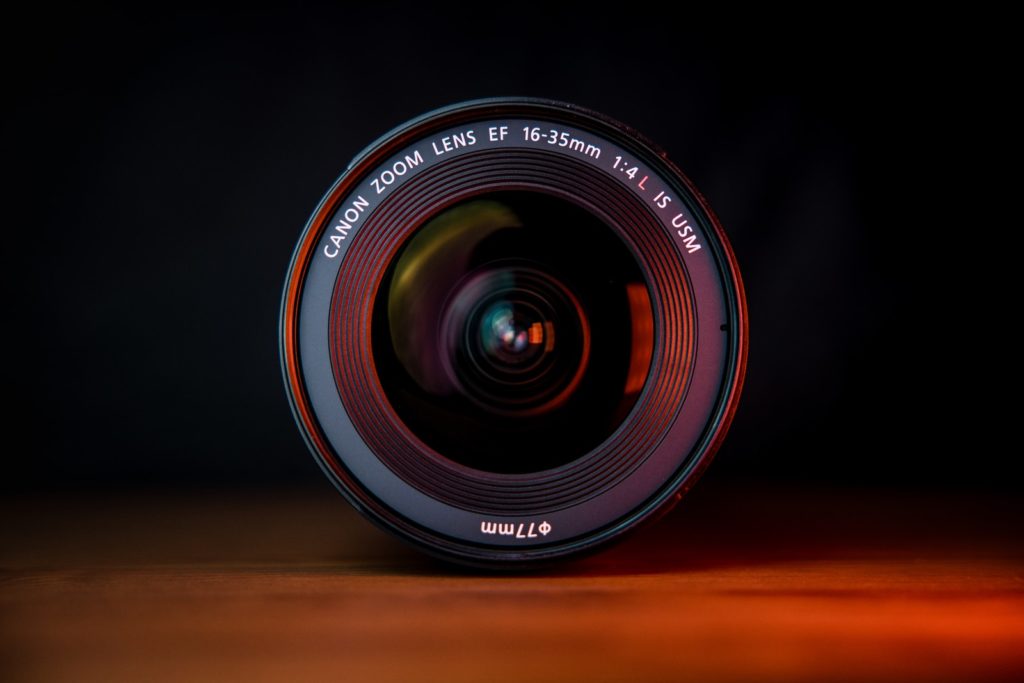
It’s also useful to know that using a full-frame camera will help capture scenes with less noise, which is important in low light photography. This means that you’ll be able to increase the ISO to capture more light without compromising the image quality.
Sometimes you’ll need to use an external flash for low key photography so you should make sure to learn how to use it properly. It’s best to bounce the light off of a wall or ceiling or to use a diffuser to make it less harsh, especially when you shoot low key portraits in the studio. Check out this 10-minute video tutorial to understand better how to use flash in low light!
Camera Settings
When it comes to ideal camera settings for low key photography, you should try to keep your ISO low and aperture wide open. You can start by setting your ISO to 100 or as low as possible on your camera. This is quite important because low ISO will make your image dark and noise-free. Once you’re satisfied with your choice of ISO, you can adjust your shutter speed and aperture and achieve the desired effect for the light you've chosen.
You can set the aperture by starting with the smallest f-number, such as f/1.4 or f/1.8. This will allow you to take in the most light and adjust from there. You will be able to use a relatively fast shutter speed if you stick to the widest aperture, but you will surely have to adjust your shutter speed depending on the light source you’re working with.
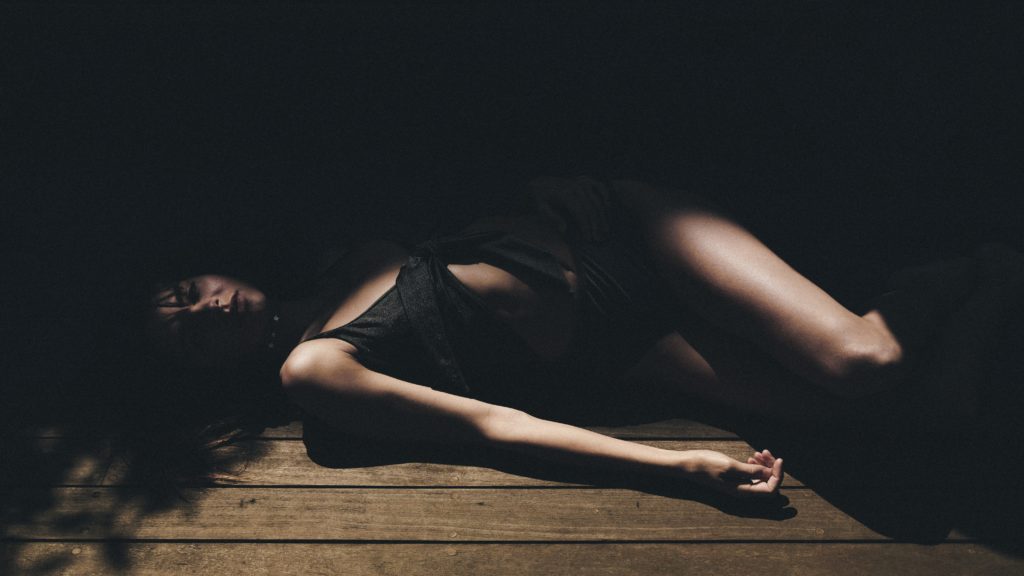
You can also use an auto-exposure mode and apply negative exposure compensation when shooting low key images. If you decide on using an auto-exposure mode with exposure compensation, you should switch the camera's metering mode to spot metering. Spot metering only uses a small area to calculate the exposure which means the camera won't take the dark background into account when calculating the exposure, but only your subject – that’s exactly what you’re looking for.
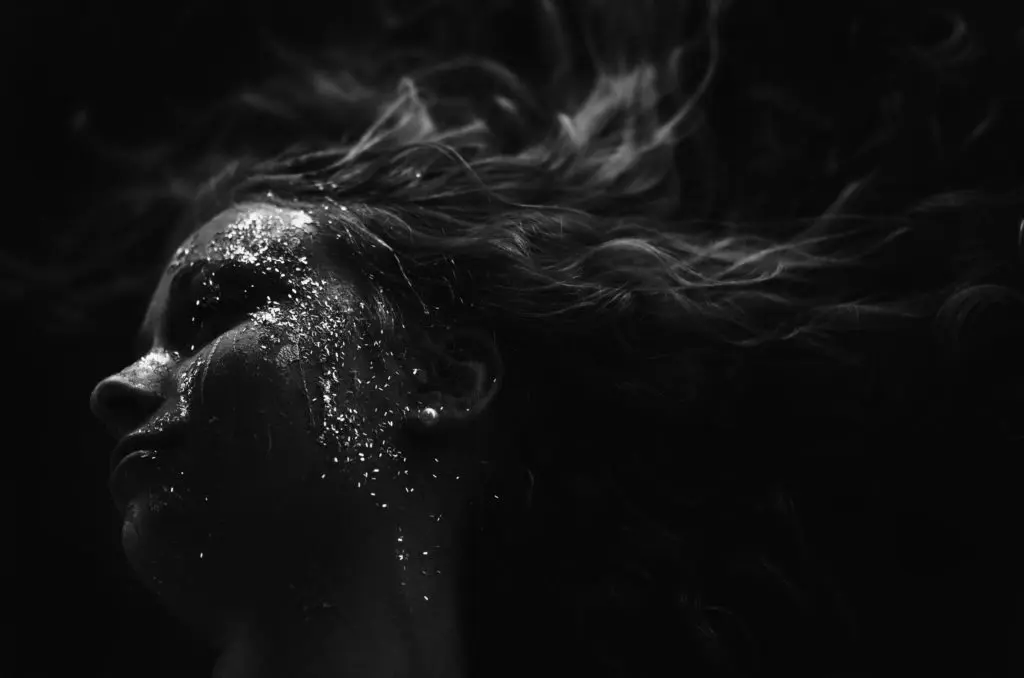
Lighting
Using low key lighting is ideal for dramatic portraits. It can add a certain depth and mystery to the subject and composition. Dark shadows and strong contrast can easily alter the mood of the entire scene and make it more alluring.
A choice of light and its strength and direction is up to the photographer. The only rule you should follow when shooting low key is to never allow light to reach your background. In addition to that, most photographers also try to avoid casting dark shadows on the faces of their subjects. Even though low key portraiture is dramatic, it should be flattering for your subject.
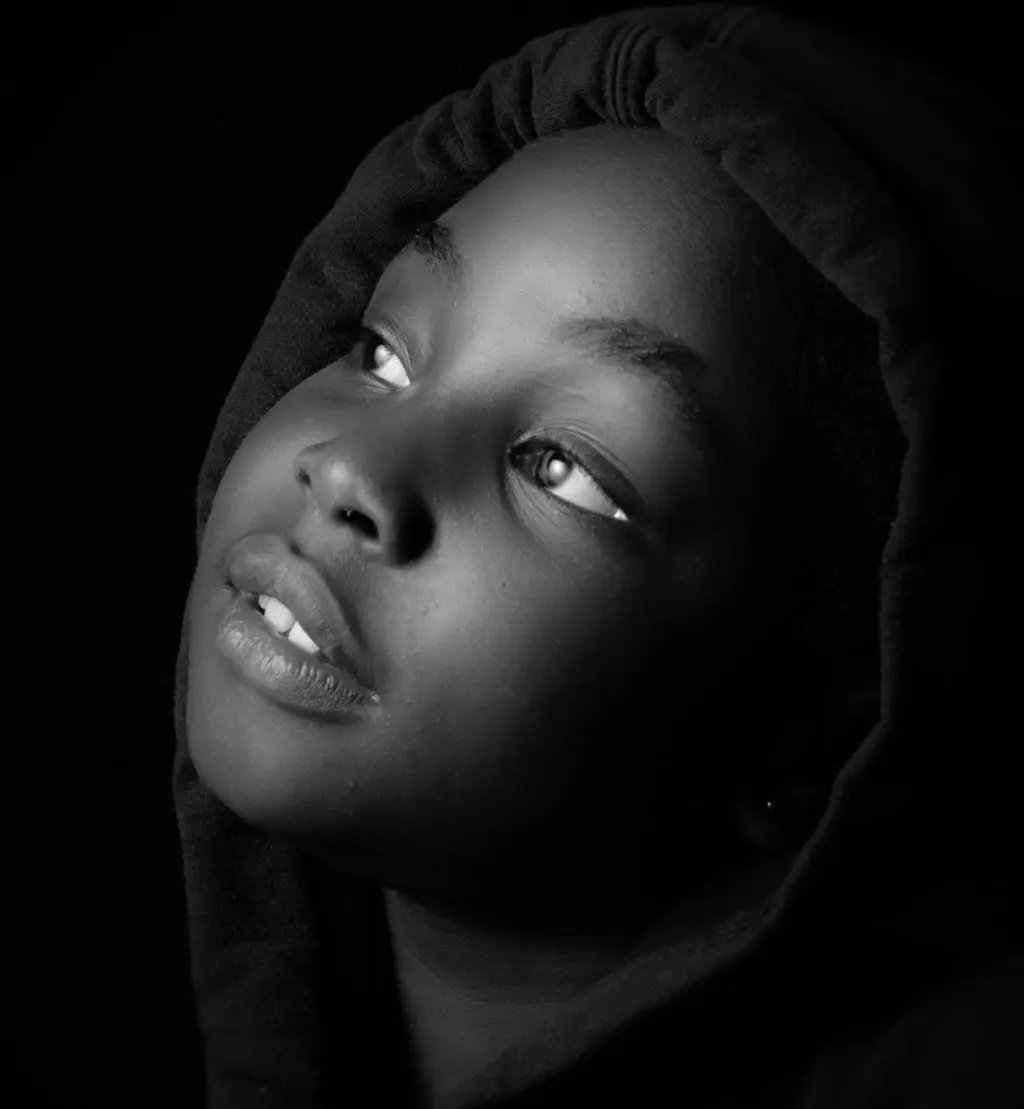
If you have a studio, you can use a butterfly or Rembrandt lighting pattern in your low key portraits. These two types of lighting are often used in studio portrait photography and it’s not complicated to achieve them – you need just a light and a reflector, or perhaps two lights if you want more elaborate results.
Keeping The Background Dark
No matter what lighting pattern you choose to experiment with, you should make sure that the background is dark enough. In case your background seems light and distracting, you should move the model and the light evenly away from the wall. If you do that, you’ll notice the light on the model stays the same, but the background gets darker – and that’s exactly what you need!
Another way to make the background darker is by moving the light to the side. In this scenario, the background will darken even more and your portrait will look more dramatic, which is great if you’re looking to achieve something really bold.
In case you have a grid in your studio, you can control the light even more by using this handy light modifier. The grid restricts the light to whatever is in front of the light only, which means the light won’t spill on the background.
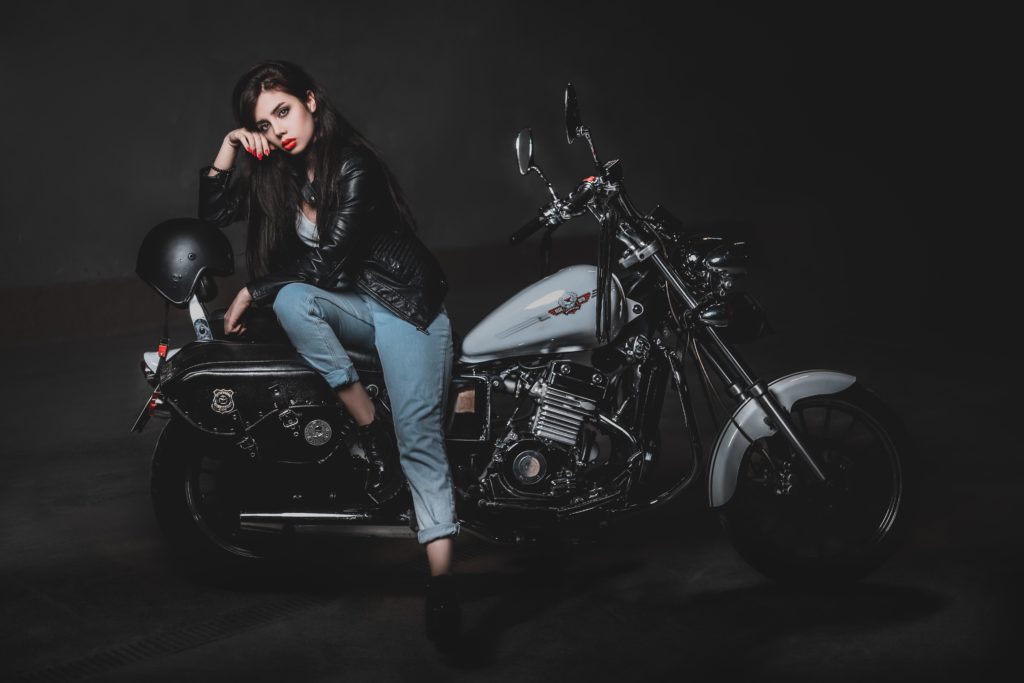
Even if you don't have a studio, you can still shoot amazing low key images. A popular way to do this is to use two separate rooms. Block off all light in one room so that if the door is closed, you could see nothing. Use the adjoining room as the light source. You can use the door to help control the incoming light. Try to keep the light from hitting the camera or the background!
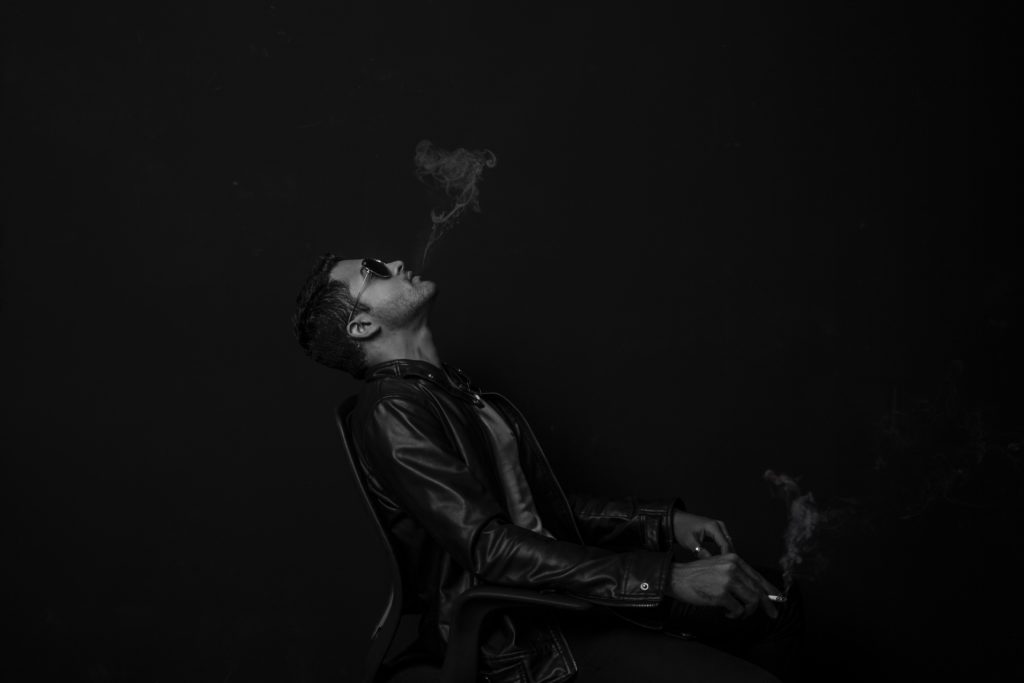
Using Torches Or Candles
Another great (and affordable!) way to use low key lighting is by experimenting with candles or torches. This type of lighting can be ideal if you want to elicit a gothic or romantic feel. Both candles and torches are easy to use and definitely cheap.
In order to make your candlelight photography truly great, you should use a tripod and make sure to spread your candles evenly. Using a single candle or positioning multiple candles closely together will result in harsh shadows! While this may be what you’re looking for, in most cases you’ll want an evenly spread light.
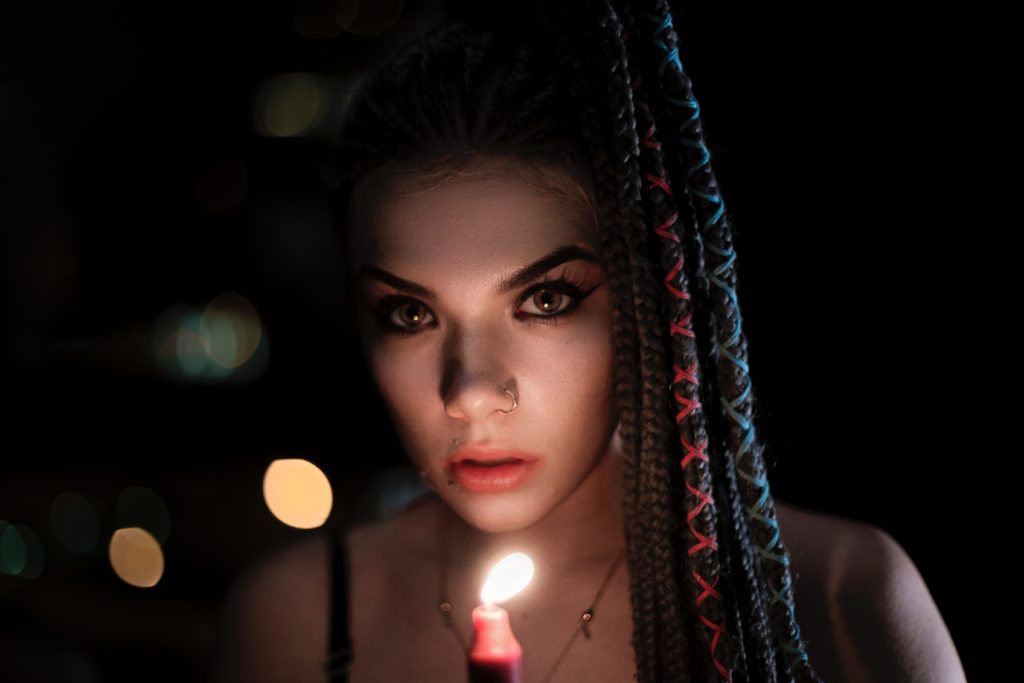
Low Key Outdoor Photography
What’s really great about low key photography is the fact that you can create low-key images any time of day. You can do it in the midday sun if you are indoors or outdoors on a dull, overcast day – you don’t have to wait for dusk! For instance, an overcast day and an industrial, urban scene provide a perfect backdrop for capturing something dark and ominous.
Low key landscapes are maybe not as popular as low key portraiture, but you should give them a try especially if you enjoy unusual landscape photography. Make sure to capture clouds – they make the sky less bright, but they also create dynamic light patterns on the ground.
You will need a tripod in case you decide to shoot low key landscapes since you probably won’t use the widest aperture for landscapes (you need a deeper depth of field!) and your shutter speed won’t be really fast. Low key landscapes often look really stunning when converted to b&w, so make sure to explore various b&w options while post-processing these images, such as color filters in b&w photography.
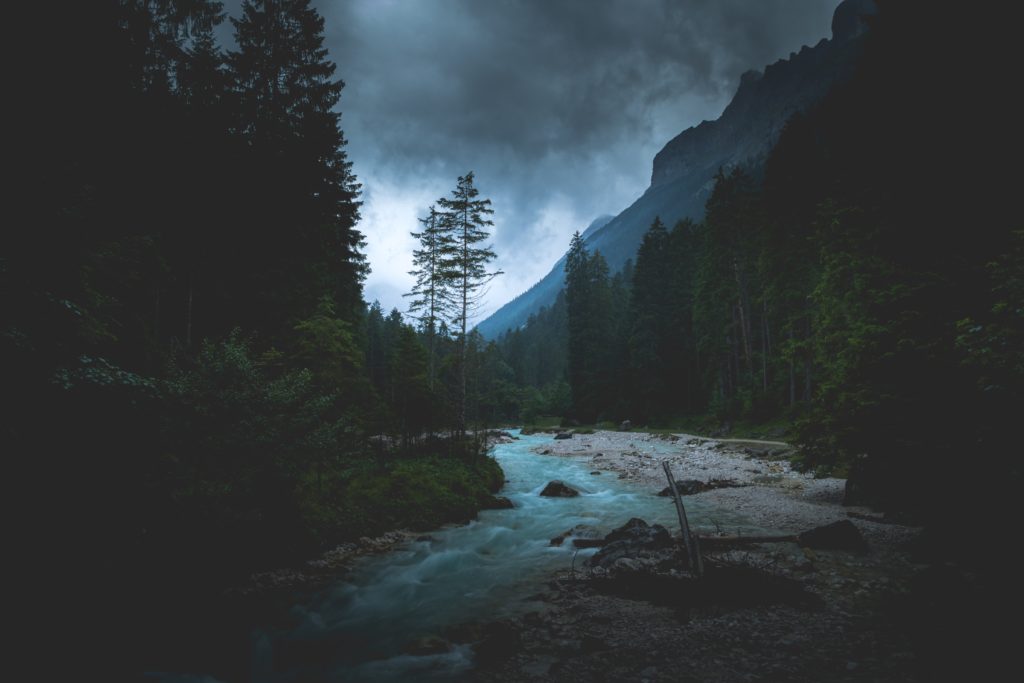
In addition to low key landscapes, you can also shoot wildlife in low key. Such photographs are quite uncommon, but they can look very elegant and painterly, almost as if they were shot it a studio. A low key approach to wildlife and bird photography gives a totally different perspective and it works wonderfully for animals with lightly colored fur or feathers. Using reflections can make such images even more magical – for instance, you can try to photograph a swan pond in low key.
In case you want to shoot low key images of wildlife at night, all you need is your camera and one light source that will create directional light. Depending on your location, this directional light can be produced via flash or with a hand-held spotlight from a nearby vehicle.
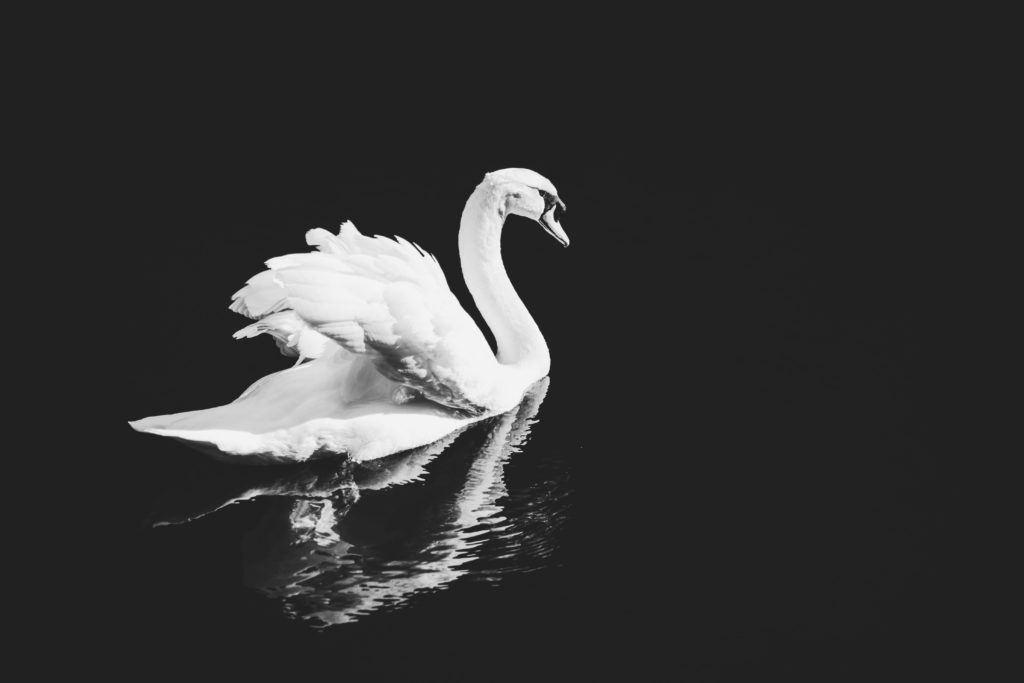
Low Key Macro Photography
Macro photography is another genre of photography that can look stunning in low key. With a simple set-up consisting of just a camera attached to a tripod with a single flashgun, you can create gorgeous close-ups which resemble studio shots.
Typical subjects for low-key close-up photography tend to be small enough to be illuminated by a single flash, which is really great – you don’t have to rely on a complicated setup!
When it comes to settings, you should make sure to underexposure the image (remove all natural light!) and then use your flash to illuminate your subject. The best way to achieve this is by switching your camera to manual mode and selecting the lowest ISO and narrow aperture (such as f/18 or f/22). When it comes to shutter speed, you can use the normal speed for flash synchronization (such as 1/180 – 1/250 sec).
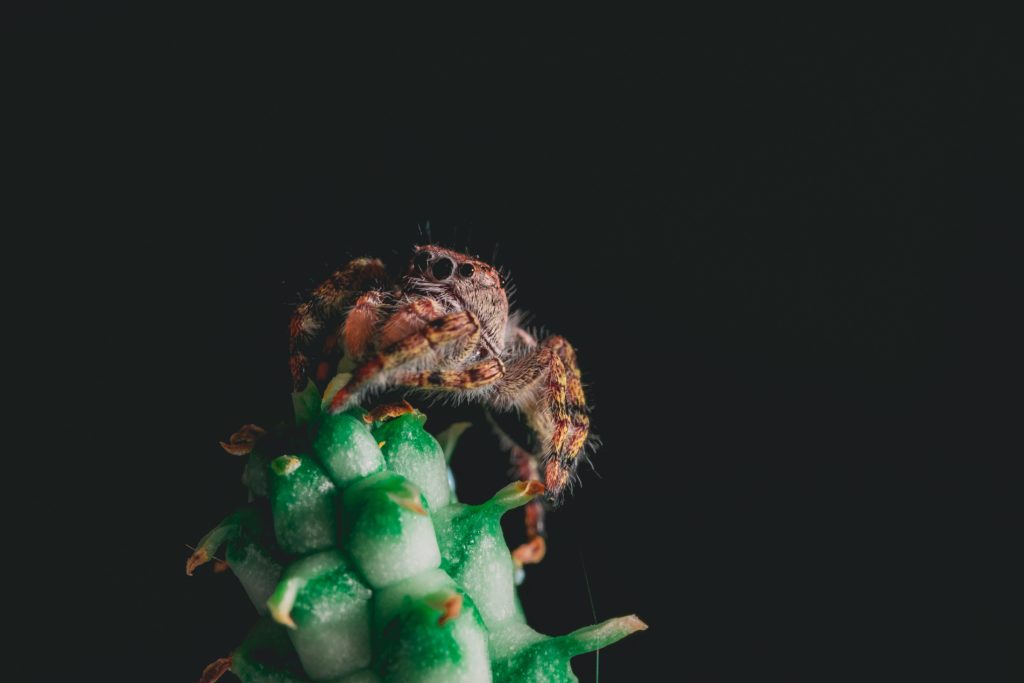
Low Key Product Photography
You have certainly seen many gorgeous product photographs with a perfectly dark background and well-lit product itself. Low key lighting is very popular in product photography because it adds a certain aura of luxury – it works really good with jewellery, watches and various gadgets such as cell phones and tablets. You can watch this video to learn more about lighting setup for low key product photography:
Low key lighting coming from the top and from the bottom of the product is a great choice and it can create a bold look – bright core of the image and dimly lit space around it! In order to achieve such look, you need to use two lights, mount them on both sides of the object and tilt them down to control the light spill-off.
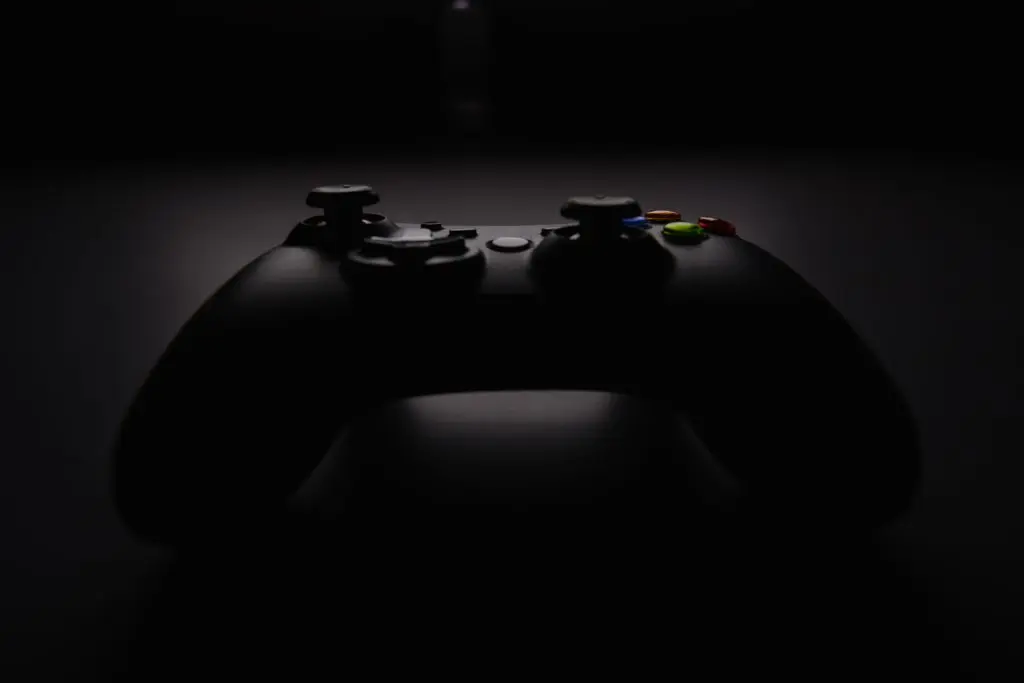
Editing Low Key Photography
You can do wonders for your low key images if you know how to edit them properly.
Follow these steps in order to make your images even more alluring with skilful editing!
1. Brighten Your Subject
Your subject is probably the only bright part of your low key photo. You may need to brighten your subject a bit more especially if you didn’t use a flash! To do this, you should adjust the Exposure, Highlights and Whites in Lightroom.
2. Adjust White Balance
White balance in low key images often tends to be off – if you’re using a flash it might be too cool and if you’re using indoor lighting it might be too warm. Because of this, make sure to check and adjust white balance during post-processing.
3. Reduce Noise
Noise is one of the typical issues in low key photography. Even though we should keep our ISO low, sometimes it’s impossible to avoid cranking it up. Bear in mind that noise reduction should be used carefully because it blurs the photo. Use it only when it’s truly necessary.
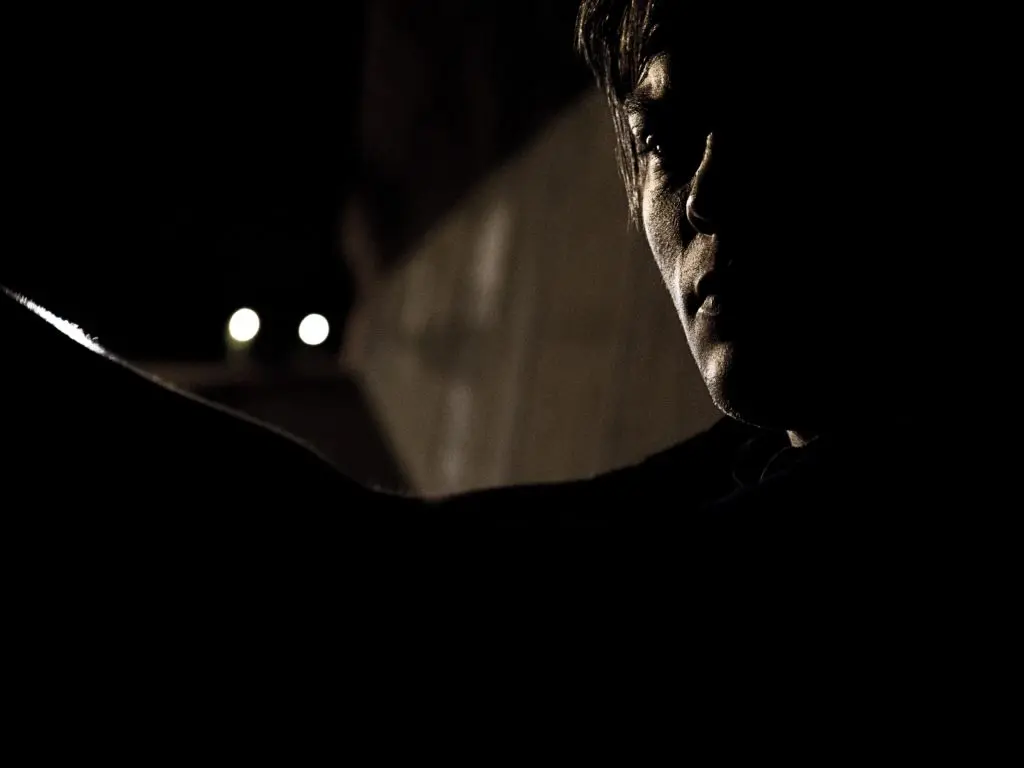
4. Play With The Colors
If your image contains both cool and warm tones, you can play with the colors by using the HSL panel in Lightroom. Feel free to shift the colors and create a bold and playful contrast between cool and warm parts of your image.
5. Add A Vignette
Low key photographs, especially portraits, are ideal for experimenting with vignettes. You can use the Radial Filter in Lightroom to create vignettes – it actually works better than the Vignette Tool because this filter allows you to easily control where your vignette should be placed.
6. Fix Backdrop Pleats Or Wrinkles
If you’re shooting in a studio, you probably want your black background to be impeccable and wrinkle-free. In order to achieve such a uniform background, you will need to adjust the Shadows and Blacks sliders until you get a wrinkle-free black background. Bear in mind that these two are global adjustments and that they will affect the subject too – you might need to use the Adjustment Brush to bring back some details.
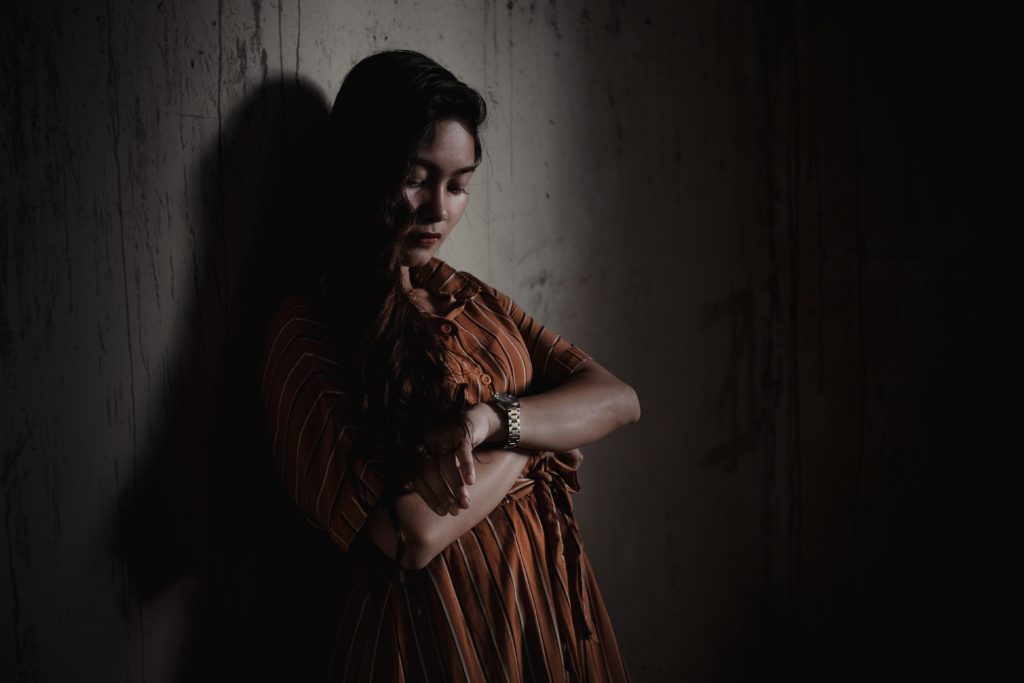
Ultimately a low key image is just one that contains predominantly dark tones. There are many ways to achieve that – always feel free to experiment!
In closing, I'll add that although we are trying to capture darkness, it is the application and control of the light that makes a great low-key image. The lack of light puts all focus on what light is allowed to stay. All your lighting decisions will show in your image so although it can be fun and whimsical, this type of photography requires a good knowledge of light, shadow and tone. Precise lighting is required in order to control the very important shadow detail.
Manipulate your lighting and placement of subject until the shadows fall exactly as you want them. It's that easy. And difficult. If you want to go even further and start printing your low key photographs, then take a look at our guide to the best photo printer for the job.
See you on the dark side.
If you want to learn more about low key photography, check out the following links!






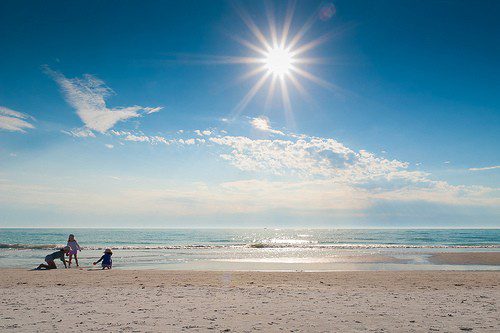
49 Comments
Hey Mo!!! Fantastic. I’m looking forward to reading more from you.
Thanks, Tom.
Ditto
Nice piece MO!!!
Great article
Now to go out and practice…
Indeed, I will. 🙂
really good tutorial, Mo,…..coincidentally, it’s what I was trying to do at the week-end……must go and try again……
Terrific article- as to be expected. I will be looking for more from you. Low key photography is definitely a medium that needs to be explored further. Congrats!
Mo, great lesson! Took notes – will practice this weekend 🙂
nice post indeed…. great examples…
Fantastic tutorial. I’m always pleasantly surprised when this kind of shot happens “by accident” and the photos are striking for all the RIGHT reasons! Now I know I can play around a little more with it…gonna share some of what I’ve got already on my blog and keep going. Thanks for the inspiration AND instruction!
Thank you for the article – a great read and easy to follow. Will definitely be trying some low-key photography soon!
beautiful, i’ll be trying some of these techniques
Good article!
Can’t wait to try. This will be my new project. Always enjoy your blog. Inspiring !! Now I must go practice. 🙂
Now I have inspiration … and just need to go find a subject!
Thanks Mo, great article, I’m sure I will refer back to this from time to time
Maybe one of these days I’ll try it !
Great tutorial, Mo’ !
A great tutorial. I played around with this idea a while back and got some pleasing results. Especially as I was just sat in my room on my bed! The wall was only 12″ behind my head. A true testament to the power of the snoot!
https://farm6.static.flickr.com/5309/5595751736_137071bc17.jpg
Hail to the snoots! And the light is good too!!
Thanks @mopho
It’s just a Metz 45 CT4 on remote trigger! Simple but effective…
Bigger:
https://www.flickr.com/photos/mike-dean/5595751736/in/photostream/lightbox/
Great work Mo! and thanks to share it via Ligh Stalking
I really like this style of photography and have only tried it a few times. It definitely takes me many trials and errors before being satisfied with the shot. I will be trying your techniques out this weekend. Below is one of my low key photos using a violin. Thanks for the great article… https://www.flickr.com/photos/emantable/6102118372/
Love the image! And yes, although the concepts are simple, it takes a lot of trial and error to get it right. I’m still working on it myself. But if we work at it we end up with great images like your violin!
I have tried this with a colour layer aver a black & white low key shot
Fantastic article Mo. Loved it.
<3
Great shots and tutorial. Well done.
Just when I was feeling flat – a new inspiration – thanks
I have been looking for an article to learn more about low-key photography because I love it. Thanks! I just found it!
Thank you for this article, congrats!
Some good advice here. I was so impressed I set up a shoot to do some low-key trials myself.
Results can be found here:
https://www.shanek54.co.uk/index.php?id=4604687544905069894
Thanks for the motivating kickstart 🙂
shanek54
Thank you, Shane. Thank you for showing your set up and linking to the article. Nice job!!!
I tried to do this the other day and could not workout why it was not working, now I know, thanks heaps for the diagrams for both styles
Such a good idea about using a door as a reflectore. I will be trying these out.
Thank you for the great tips, can’t wait to try them.
Great article, now i know what to do, its just a matter of doing it
Low key does have a very good depth of field, resulting in a dimension to a picture, but without a good concept will be difficult to produce good photos
OK I learned about Low Key. Why are so many images no longer available?
Is there any place on site the deals with sports action and low light in most gyms?
This site will take some patience. It is not the easiest place to learn.
Great tutorial! That’s what i’ve made: https://i49.tinypic.com/np2kbq.jpg
Some pictures are mising. 🙁 Could you fix it? Thanks in advance!
How to do a dark photography with help of a smartphone 8mp camera in which only ISO is mentioned ?
THX 🙂
Great article, but unfortunately most of the important images are missing…
Hi Jeff, sorry about that and thank you for bringing that to our attention. We will make sure that we update the article by replacing the missing images with other ones.
It is possible to manipulate more normally distributed shots, perhaps ones which include some significant blacks using photoshop and other imaging software. For example (for what it is worth): https://www.flickr.com/photos/31778173@N02/45727483462/in/dateposted-friend/
Awesome, thanks for the tips. Will try it with my new camera.
Brilliant Read , learned so much thank you very much.
I am using low-key on my aging Olympus e-m5 in dark scenes such as tunnels. It works great even without using a flash. It also works while taking video’s. Very useful inntourist attractions like the historic salt mine in Poland: wieliczka
You need a full frame camera… Really?
Is that what photography has come to? You must have this, you must have that! Nonsense. Low key lighting can be done with a cellphone, a GoPro, a DJI drone, and even a backup camera on a car. I haven’t even read the article in its entirety, I quit at full frame camera. You are ridiculous.